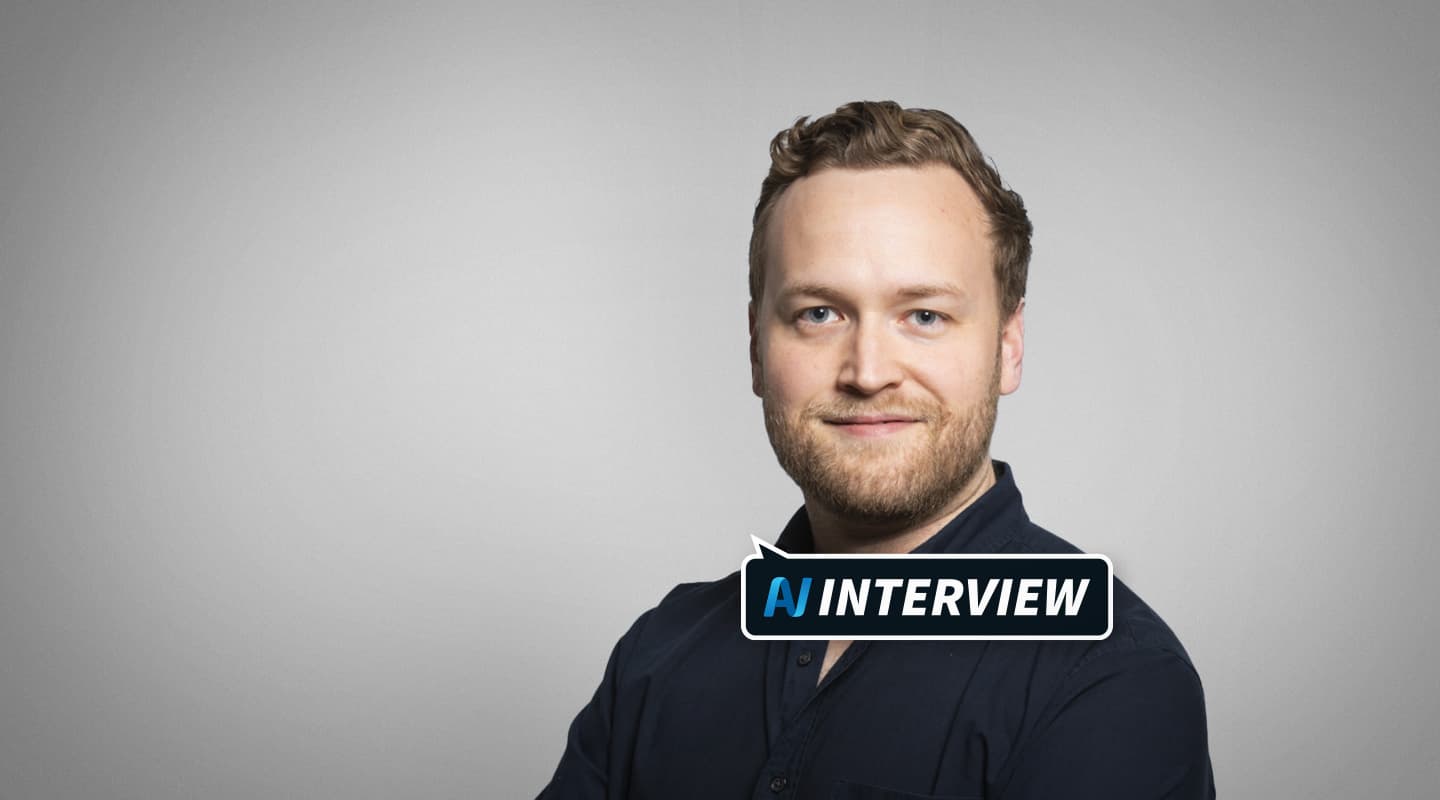
AV Interview: Chris Johnson, Riedel Communications
Riedel’s Chris Johnson reflects on how the broadcast and AV sectors have converged in ways that benefit both.
Interview:/ Christopher Holder
The lines between AV and broadcast have never been more blurred. It’s no longer a surprise to find a broadcast-quality production suite embedded in a corporate HQ, nor to see an AV integrator delivering live streamed content with the polish of a television network. At the heart of this convergence push is Riedel Communications — a company straddling both worlds with the same tools and tech. We caught up with Chris Johnson, head of Riedel’s Oceania operations, to talk about this convergence, the role of IP networks, and how the company is adapting its offering to suit both AV and broadcast clients.
“We’re telling the same stories to both groups of people. The convergence is good.”
AV: Is Riedel an AV company or a broadcast company?
Chris Johnson: I think the answer is probably ‘yes’ — we’re really both. It’s actually been the case for a while that around half of our business is in media and the other half is outside of it – whether that be in corporate, government, education, sport, or live events. We’ve always had a pretty big footprint across lots of sides of the industry.
When I think about some of the products we’re best known for, like Bolero, we see those used everywhere – from motorsport (like Formula 1), to live music touring, or of course, in traditional broadcast workflows on OB trucks or studio floors.
AV: What’s driving the blurring of these boundaries from a technological perspective? Is everything getting onto the network the main culprit?
Chris: There are definitely a few technological changes that have brought AV and broadcast closer together. Moving to IP and more conventional IT systems — networks, servers, COTS gear — has absolutely played a role.
Broadcast has also been embracing more control and automation workflows, which are of great interest to AV. And since COVID, we’ve seen a big shift towards doing things remotely — whether that’s remote production to save cost or trying to control and deliver events across different locations. These kinds of workflows have made AV look more like broadcast and brought AV tools into traditional broadcast environments.
AV: What are some examples of verticals stepping up their broadcast capabilities, perhaps in unexpected ways?
Chris: It’s happening across the board. Take sport: you still have traditional sports broadcasts, but now you also have second-screen content and fan-created content being produced alongside the main feed.
Live events are another great example. We support a lot of events that used to be purely in-person, but since COVID many now have a broadcast element baked in. A good example is something like the Salesforce World Tour — during the pandemic, they had to go virtual. Now they’ve returned to in-person events, but kept the broadcast side too. And that model is being picked up by other corporate clients as well.
We’re even seeing corporates using AV tools like Teams or Zoom as broadcast tools. Many of these organisations are building in-house broadcast studios now — and that’s a clear case of AV and broadcast tech converging.
AV: Let’s take the Salesforce example. How does Riedel connect those worlds and help reduce friction?
Chris: Intercoms are probably the easiest part to understand. No matter what the workflow — live, broadcast, sport — people need to talk to each other.
But the real enabler is on the signal distribution side. For us, that’s MediorNet. In a big live event like Salesforce, we put in a signal distribution system that allows you to move any signal, anywhere. That’s great for the live event — getting content to screens — but because it’s all on one network, it’s instantly available for broadcast as well. You don’t have to build two separate systems — it’s one unified infrastructure serving both sides of the show.
AV: You mentioned remote production earlier — it seems like a quiet revolution, especially with the rise of cloud services. What’s your view on that from a Riedel perspective?
Chris: Remote production is definitely more useful and more in demand now than ever. COVID forced people to adopt it, and now they’ve seen the benefits — cost savings, flexibility, and access to capabilities that might not otherwise be possible.
It allows you to do things like have a corporate event running in multiple cities at once with a shared experience. In sport, with our SimplyLive platform, we’re enabling VAR and remote officiating where the officials are located away from the venue. All of this relies on remote production workflows, and it’s absolutely supported by the fact that cloud infrastructure — public or private — is now robust enough to handle it.
AV: With AV and broadcast converging, is AV eating broadcast’s lunch, or is traditional broadcast also gaining from this convergence?
Chris: There’s definitely give and take. There’s always been some overlap – big broadcasters have AV-style video conferencing rooms too. But what’s changed is that the technologies are now part of the same workflows.
Take remote news gathering: you used to need a van, an uplink, a big camera crew. Now, you can contribute to a live broadcast with a smartphone and a Teams or Zoom call. That’s a huge change – and a direct result of AV-style tools becoming a legitimate part of the broadcast landscape.
So yes, traditional broadcast is gaining something too. It’s also true that broadcast vendors like us benefit when AV clients adopt our tech. But traditional media outlets have faced challenges too – like changes in how audiences consume content. It’s a complex landscape.
AV: How is this shift impacting your product development?
Chris: It’s definitely impacting how we think about new technologies. Our virtual SmartPanel application, launched at IBC last year, is a good example. It brings high-end comms workflows – normally found in a broadcast control room – to people on mobile devices or in a browser.
On the video side, SimplyLive was built from the ground up for the remote production world. Traditional hardware-heavy approaches don’t always suit these use cases anymore. So we’re evolving our traditional products, but also launching new ones with these hybrid and remote workflows in mind.
AV: You’ll be at Integrate Expo in Sydney this August. From your perspective, how is the presence of broadcast vendors changing the show — and the conversations you’re having there?
Chris: It’s definitely changed. Because our business is about half in media and half outside, we’ve always found ourselves straddling trade shows — some for AV, some for broadcast. Now, the conversations we’re having are more unified.
A lot of our clients now have someone in a head of technology role who’s responsible for both AV and broadcast. So it makes sense for them to attend a single show where they can get all the answers in one place. We absolutely welcome more broadcast presence at Integrate — it’s a win for attendees who want to see more tech in one place. We’re looking forward to it.

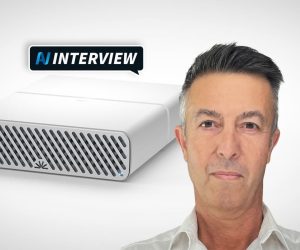

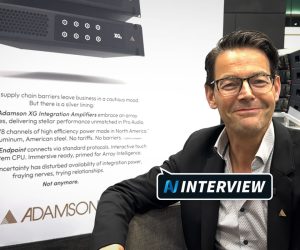
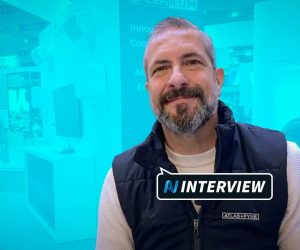
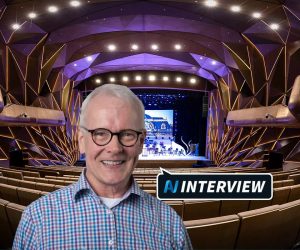
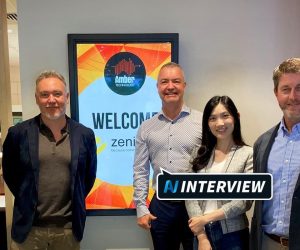


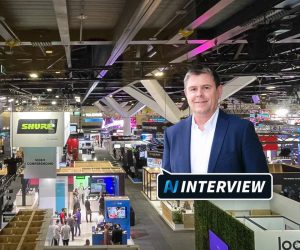
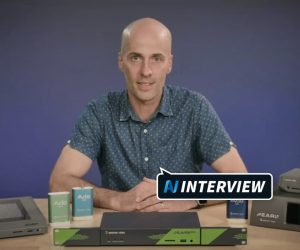
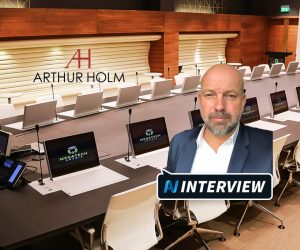
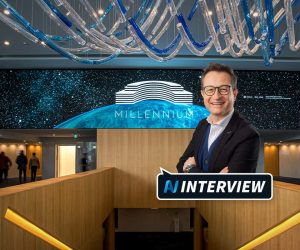
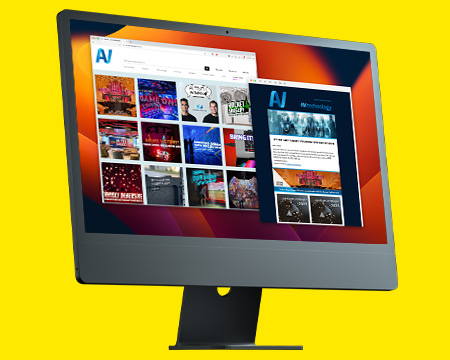

RESPONSES